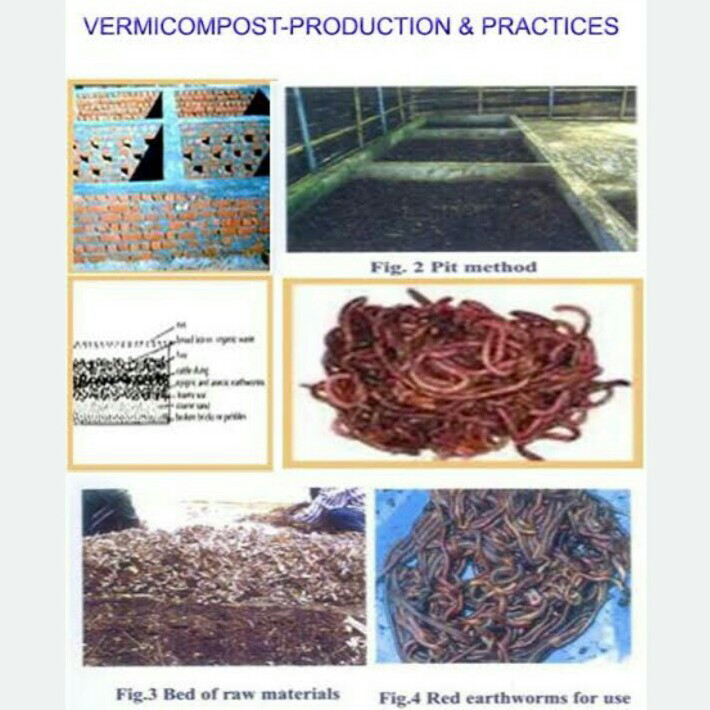Antimicrobial peptides

Antimicrobial Peptides : 1. Introduction to AMPs : ★AMPs are small, naturally occurring proteins (typically 10–100 amino acids) that play a crucial role in innate immunity. ★They exhibit broad-spectrum activity against bacteria, fungi, viruses, and even cancer cells. ★Common examples: Defensins, Cathelicidins, Magainins, LL-37. 2. Sources of AMPs : Natural Sources: Animals : Skin, epithelial cells, neutrophils (e.g., defensins from humans). Plants : Thionins, defensins. Microorganisms : Bacteriocins from bacteria. Marine organisms : Tunicates, sponges, and mollusks. Synthetic Sources: Designed based on known AMP structures or generated through bioinformatics tools. 3. Methods of Production A. Chemical Synthesis ★Solid Phase Peptide Synthesis (SPPS): ★Uses stepwise addition of amino acids on a resin. ★Suitable for peptides <50 amino acids. ★High purity but expensive and less efficient for long peptides. Advantages: >High purity. >Incorporation of modified amino acids. Dis...




